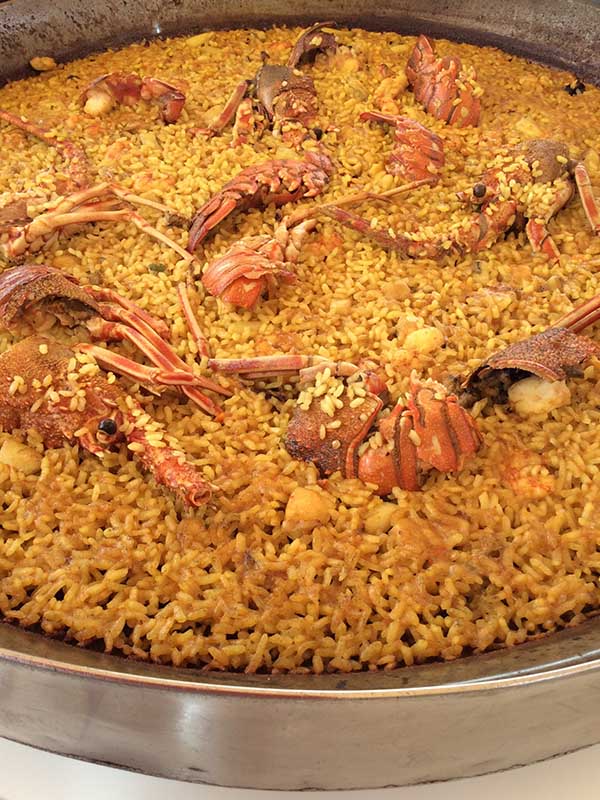



Rice is a key dietary ingredient for most people around the world. Part of culture for many civilizations, it constitutes a basic ingredient for countless recipes.
The cultivation of rice plays an important role for the preservation of ecological balance and biological wealth since paddy fields function as artificial seasonal wetlands. In May, at the climax of the reproductive period of birds, paddy fields are flooded with water, in anticipation of rice seeds.

Rice production in Europe rests on four fundamental principles, which ensure the safety of the product, the increase of yields and the resistance of the crop to extreme conditions, while reducing the ecological footprint of farming activities.

The systematic cultivation of rice in Greece begun in the 50s, when it was introduced as an innovative crop, with the capacity to “rinse” the soil and improve its quality. Since then, Greek rice maintains a dynamic presence both in the domestic market, as well as abroad.
Paddies are found primarily in Northern Greece, in the Delta of rivers Axios, Loudias and Haliacmon, but also on the riparian areas of rivers Achelous, Spercheios and Evros.




The EU RICE Programme is implemented by the AGRICULTURAL BUSINESS PARTNERSHIP OF THESSALONIKI (EASTh) and CONSEJO REGULADOR DE LA DOP ARROZ DE VALENCIA (Regulating Authority for PDO Valencia rice) and aims to raise awareness and inform consumers and producers that rice produced in Europe is a safe product, which is cultivated subject to strict European Regulations. The programme stresses the environmental sustainability of rice cultivation, underlining its beneficial role on climate change and the environment as a whole.